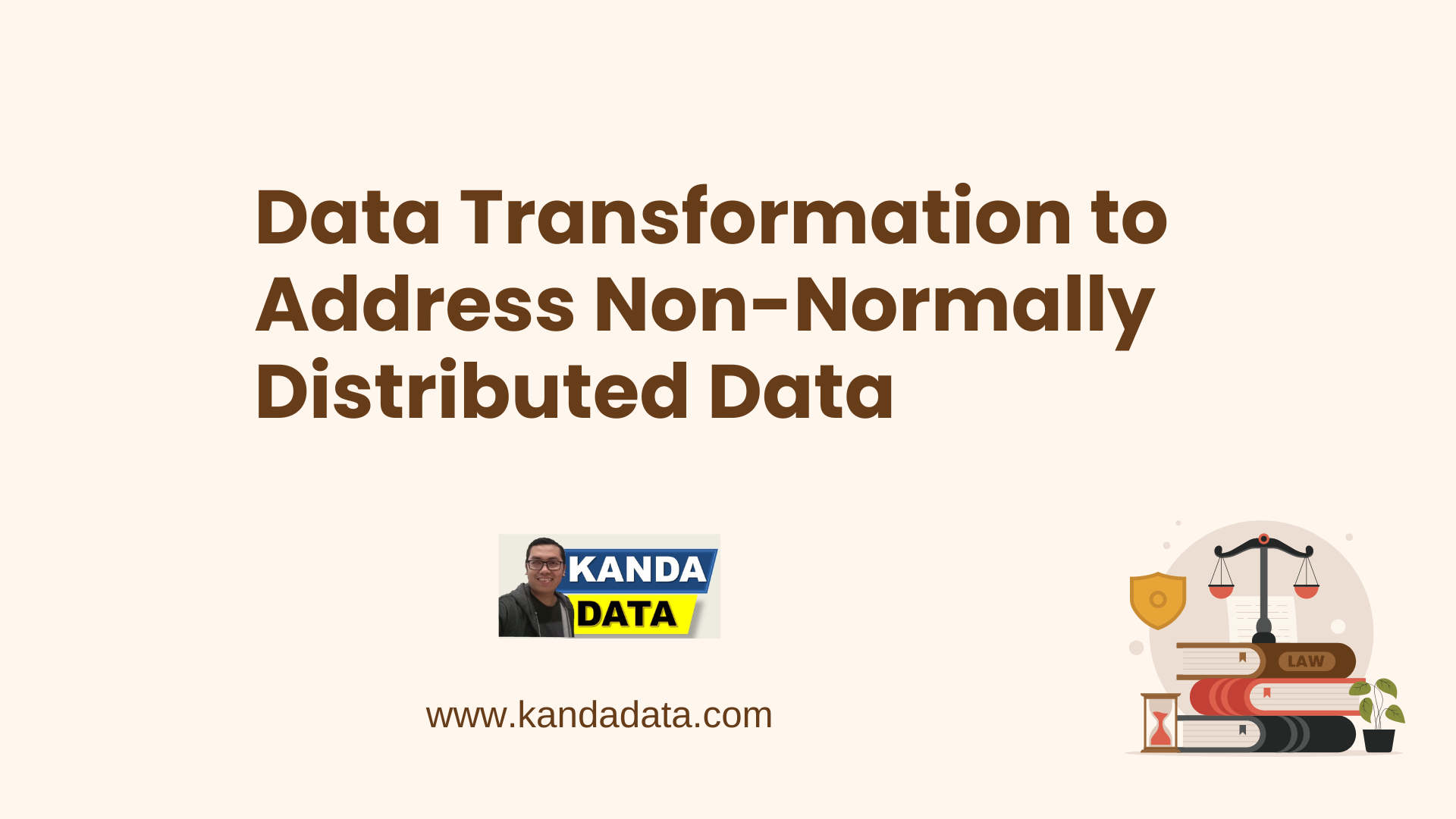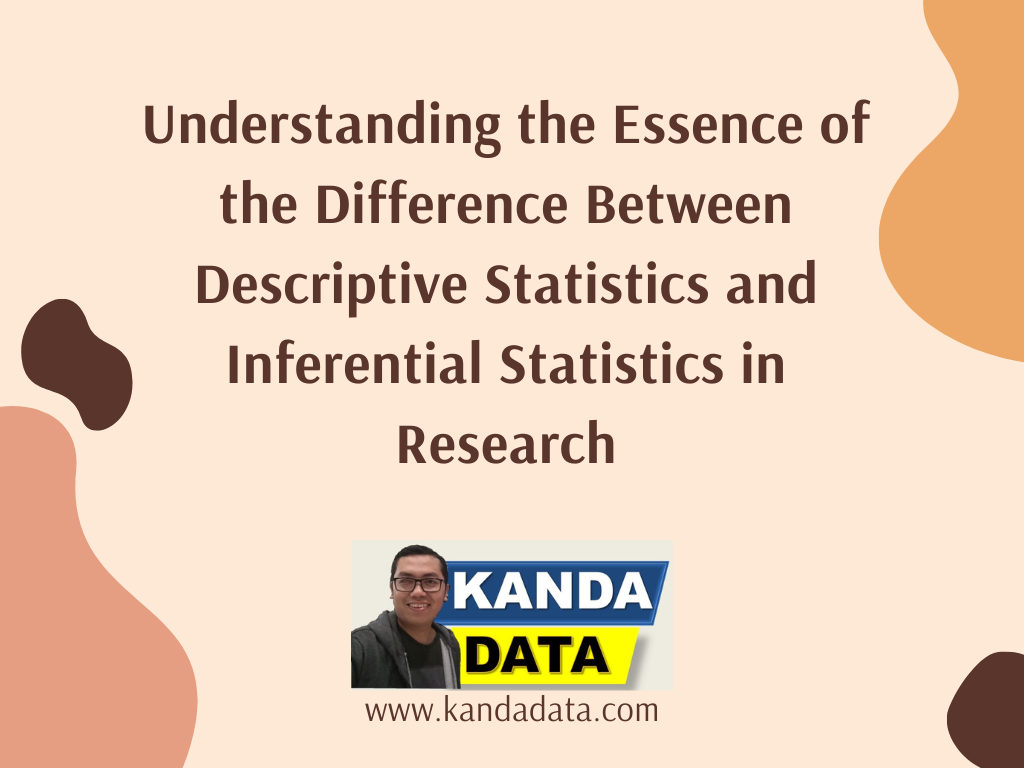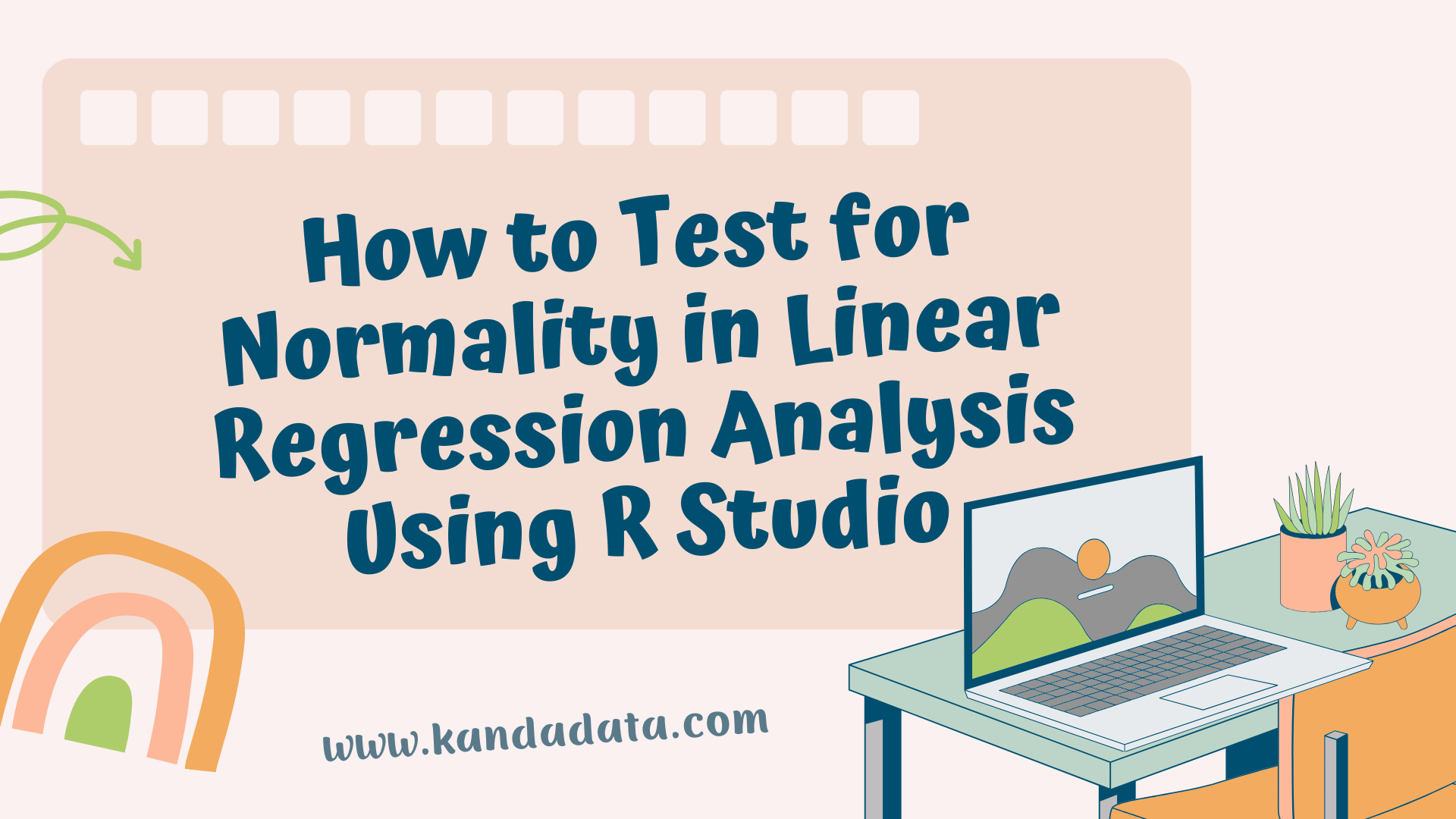Tag: inferential statistics
Why Should Data Transformation Be Done Only Once?
Data transformation is an essential step in inferential statistical analysis. It can be a solution to ensure that research data meets certain required statistical model assumptions, such as normality, linearity, and homoscedasticity.
Data Transformation to Address Non-Normally Distributed Data
The assumption that data must be normally distributed is often a prerequisite for using certain inferential statistical tests. However, sometimes the test results do not meet expectations, indicating that the data is not normally distributed.
Understanding the Essence of the Difference Between Descriptive Statistics and Inferential Statistics in Research
In conducting research, understanding the basic theory of statistics becomes crucial for researchers. Why is this so important? Because to extract accurate conclusions from research data, careful analysis using statistical tools is needed.
How to Test for Normality in Linear Regression Analysis Using R Studio
Testing for normality in linear regression analysis is a crucial part of inferential method assumptions, requiring regression residuals to be normally distributed. Residuals are the differences between observed values and those predicted by the linear regression model.
Difference between Descriptive Statistics and Inferential Statistics for Research Activities
In research activities, researchers need to understand the use of descriptive statistics and inferential statistics. Researchers can use one of them or combine both descriptive and inferential statistics.




